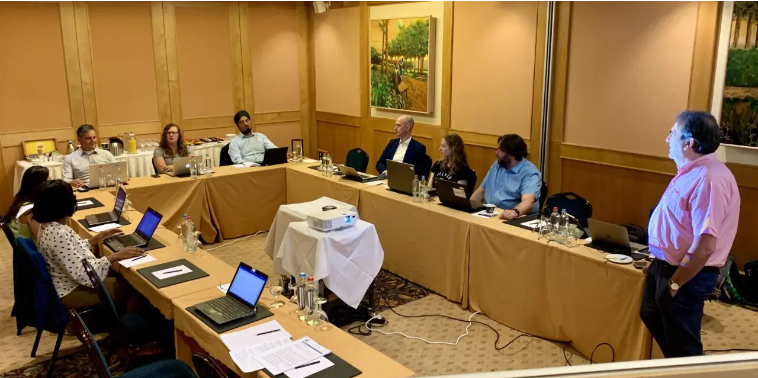Automated vehicles (AVs) represent one of the most notable examples of the Internet of Things (IoT) today. Their capacity to generate dynamic road information derived from the many mapping and positioning sensors they carry is enormous. The data they capture, when combined with other road-related data generated by other actors and used correctly, is essential to achieve an efficient and safe user experience. Digital maps are crucial in this regard and ERTICO’s TN-ITS platform is making sure that the full potential of AVs is met.
The era of automated mobility is coming and regulation at the European level is necessary to coordinate new AV deployment, ensuring efficiency and safety. Last April, the EU released the legislation draft for vehicles with Automated Driving Systems (ADS), stipulating that manufacturers are responsible for the acceptance criteria and operational safety of these driverless vehicles, including maps. TN-ITS works with European road authorities, map makers and service providers to deliver a spatial road data mechanism, generating a smart data chain highly useful in nurturing ADS. The AVs, in turn, generate a large amount of high-value information about the environment and vehicle performance that can feed the data chain, bolstering this data ecosystem.
TN-ITS data chain
The draft for the regulation EU 2019/2144 collects technical specifications for the type-approval of the automated driving system (ADS) of fully automated vehicles. For the proper performance of Dynamic Driving Tasks (DDT), it highlights the need for input from the operational design domain (ODD). The ODD gathers the external information required by the ADS to successfully function, including types of roadways, ranges of speed or weather conditions.
A correct level of performance of these automated vehicles depends to a large extent on the quality of the digital maps supporting the camera, lidar and radar sensors. This was one of the central aspects discussed at the TN-ITS Quarterly Meeting held on June 16th in Brussels moderated by Frank Daems, senior manager at ERTICO, with enriching inputs from Frank Muetze (ETSC), Sven Vlassenroot (Tractebel), Brittany Beagle and Bojan Sobocan (Geojunxion), and Sukhdev Phull (Department of Transport, UK), and Rene Spaan (City of Helmond). Other contributors to the discussion were Christian Kleine (HERE Technologies and President of TN-ITS) and Stephen T’Siobbel (TN-ITS Specifications and Standardisation expert).
Maps play a crucial role in the spatial road data exchange ecosystem as information providers to end-users. Nevertheless, this ecosystem can only function and offer trusted and up-to-date data when all the different pieces of the jigsaw work together. This means public authorities, vehicle manufacturers or map and service providers. TN-ITS is actively engaged in enhancing an interconnected infrastructure that gathers all of these elements in compliance with EU legislation.
TN-ITS team during the Quarterly Meeting
With safety as the main addressed topic, the discussion also touched on the timescale. The upcoming ISA-fit project, within the TN-ITS framework, seeks to provide a solid all-in retrofit ISA solution for urban environments to speed up implementation for the benefit of drivers and other road users. The project’s pilot will be deployed in the Dutch city of Helmond. Intelligent Speed Assistance (ISA) can pave the way for users’ acceptance of more advanced vehicle automation.
More information on the ADS legislation draft: https://www.eetimes.com/eu-releases-ads-legislation-draft/

